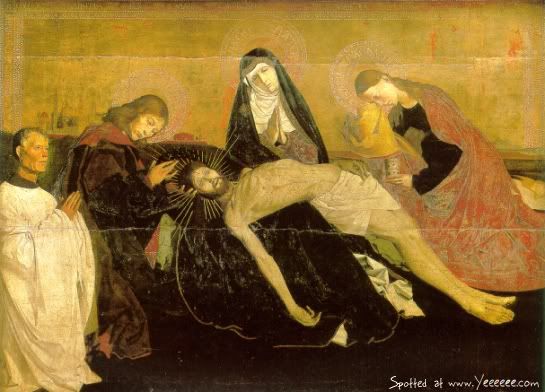
This is a post with 818 timeless classics from the Louvre Art Gallery in Paris, for the very few lucky ones that have visited the gallery, it is a chance to reflect back on the amazing journey they have been through. But for the unfortunate many that have not visited the gallery or will never get a chance to visit it, this is a sneak peak into the greatness of history. Although art can only be enjoyed with Captions and explanations, I hope you still enjoy this post, at the end of every 100 images there is a next page button which you will load the next 100 images.
The Louvre Museum , located in Paris, is the world’s most visited art museum, a historic monument, and a national museum of France. It is a central landmark, located on the Right Bank of the Seine in the 1st arrondissement (neighbourhood). Nearly 35,000 objects from the 6th millennium BCE to the 19th century CE are exhibited over an area of 60,600 square metres.
The museum is housed in the Louvre Palace (Palais du Louvre) which began as a fortress built in the 12th century under Philip II. Remnants of the fortress are still visible. The building was extended many times to form the present Louvre Palace. In 1674, Louis XIV chose the Palace of Versailles for his household, leaving the Louvre primarily as a place to display the royal collection. During the French Revolution, the National Assembly decreed that the Louvre should be used as a museum, to display the nation’s masterpieces.
The museum opened on 10 August 1793 with an exhibition of 537 paintings, the majority of the works being confiscated church and royal property. Because of structural problems with the building, the museum was closed in 1796 until 1801. The size of the collection increased under Napoleon when the museum was renamed the Musée Napoléon. After his defeat at Waterloo, many works seized by Napoleon’s armies were returned to their original owners. The collection was further increased during the reigns of Louis XVIII and Charles X, and during the Second Empire the museum gained 20,000 pieces. Holdings have grown steadily through donations and gifts since the Third Republic, except during the two World Wars. As of 2008, the collection is divided among eight curatorial departments: Egyptian Antiquities; Near Eastern Antiquities; Greek, Etruscan, and Roman Antiquities; Islamic Art; Sculpture; Decorative Arts; Paintings, and Prints and Drawings.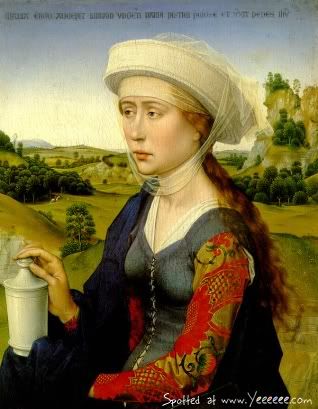
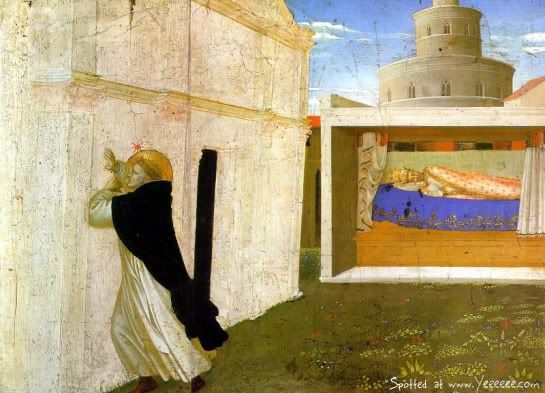
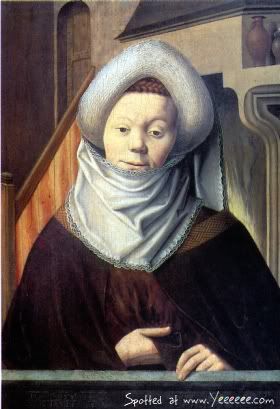
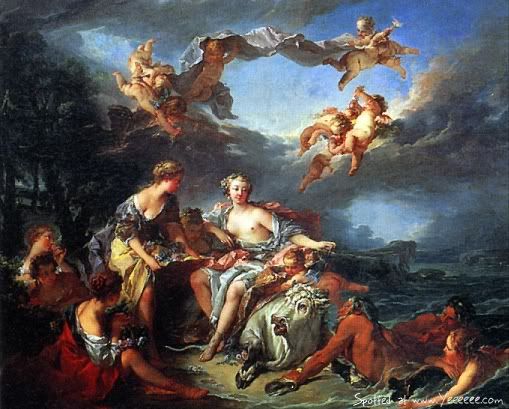
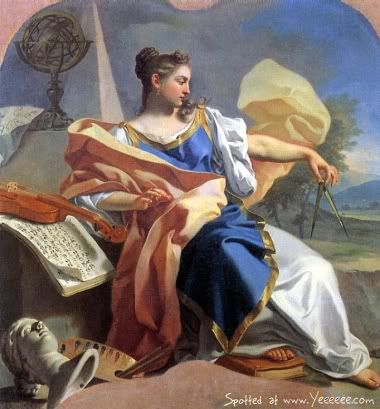
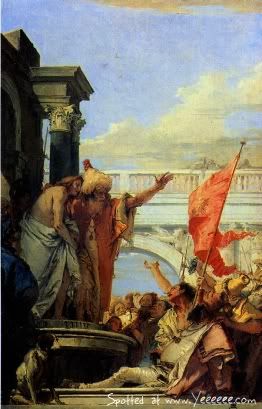
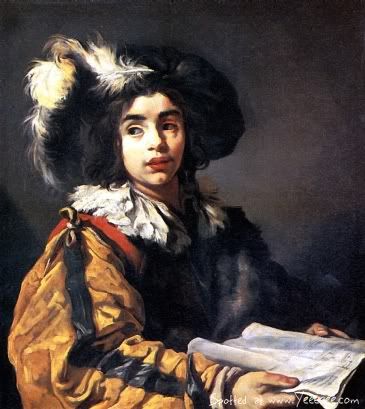
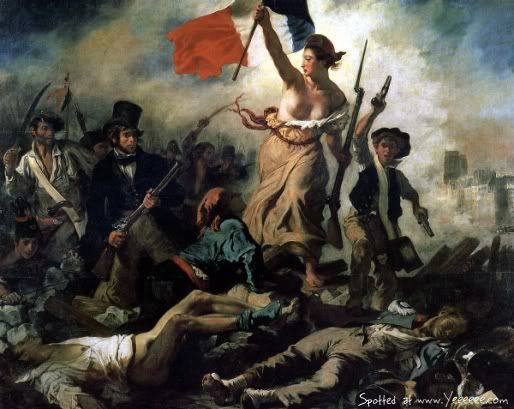
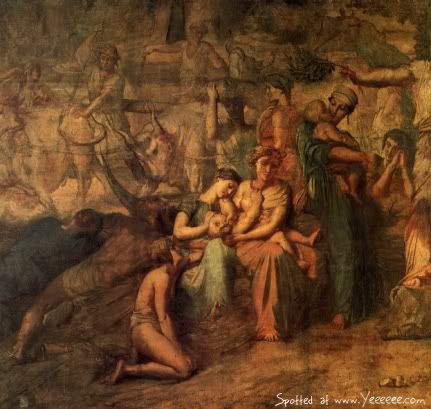
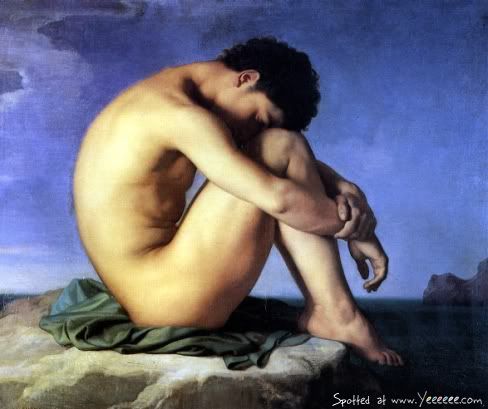
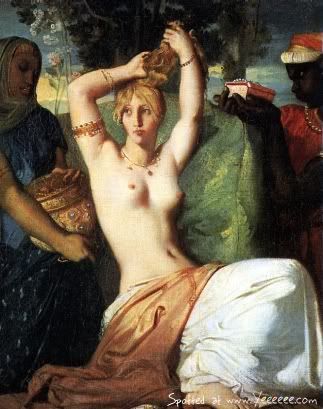
Source
Labels: Amazing Art